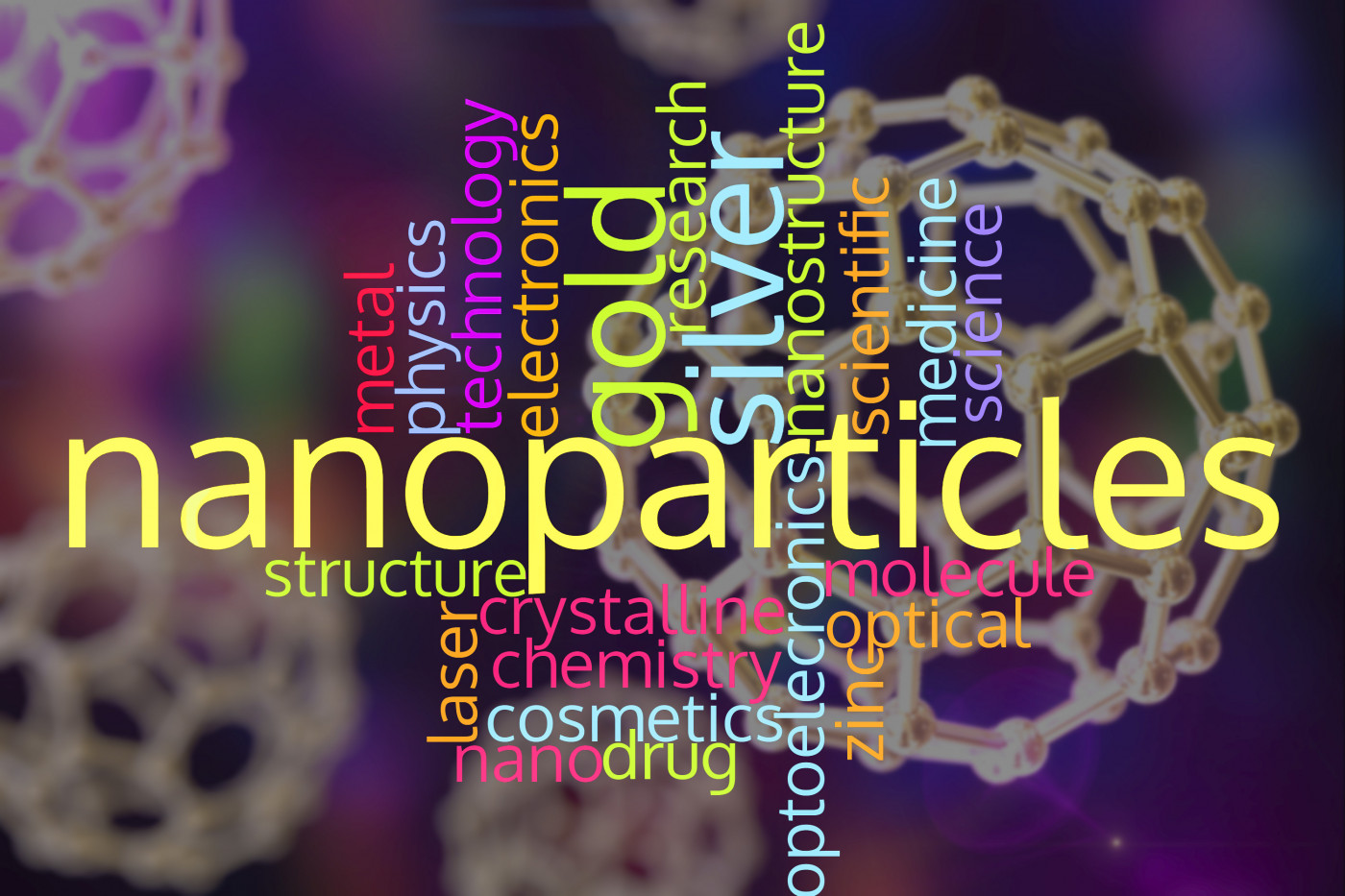NIH $2.3M Grant to Help Develop Nanoparticle Therapy for Muscle- and Weight-wasting Disorder
Written by |

Oleh Taratula, PhD, a researcher at Oregon State University‘s College of Pharmacy, has been awarded a $2.3 million five-year grant to support a research project into a muscle-wasting disorder called cachexia that can affect people with chronic diseases that range from cancer to cystic fibrosis, multiple sclerosis, Crohn’s, and rheumatoid arthritis.
Taratula is planning to use the National Institutes of Health (NIH) grant to assemble a team of project investigators. Daniel Marks, MD, PhD, a physician-researcher at the Oregon Health & Sciences University (OHSU) and an expert on cachexia, will be among the scientists.
The project’s main goal is to develop an effective treatment for cachexia, a disorder marked by a dramatic loss of skeletal muscle mass and weight that results from the body aggressively breaking down skeletal muscle and adipose tissue, which stores fat. It often affects patients with advanced cancers, but can also be found in people with other chronic illnesses.
His proposed treatment will be based on small particles (nanoparticles) loaded with a messenger RNA (mRNA), according to a press release. In the liver, mRNA triggers the production of follistatin, a protein involved in the building of muscle mass.
Taratula and his team published a study in the journal Theranostics in 2018 that described the successful use of the mRNA nanoparticle technology in mice.
Ask questions and share your knowledge of Cystic Fibrosis in our forums.
That study showed that once injected under the skin, nanoparticles containing the follistatin mRNA successfully traveled and accumulated inside the animals’ liver, where the mRNA was translated by the organ’s cellular machinery into a functional protein.
Researchers also found that the levels of follistatin in the animals’ serum remained high up to 72 hours after nanoparticle injection, and were sufficient to reduce the levels of activin A and myostatin, two natural inhibitors of muscle growth.
After eight weeks of nanoparticle injections every 72 hours, the percentage of lean mass in treated mice was about 10% higher than that of animals given saline injections and who served as controls.
“The developed nanoplatform is safe and provides a therapeutic pathway to increase muscle mass and to restrict fat accumulation, which is significant for the treatment of a variety of muscle wasting disorders including muscular dystrophies,” the investigators wrote. “The obtained results advocate for further evaluation of the developed nanoparticle-based gene therapy in various animal models of muscle atrophy.”
In the new study, Taratula and his team will focus on improving the efficiency of nanoparticle delivery to the animals’ liver by administering them intravenously, or directly into a vein. They then will study the effect in a mouse model of pancreatic or lung cancer.
“At the completion of the project, we hope to have strong evidence that the proposed therapy will preserve muscle mass, and attenuate other features of cachexia in the mice we work with,” Taratula said in the release.
“The long-term impact will be doctors using therapy based on our work to significantly limit death and suffering among patients,” he concluded.






